WHAT TO LOOK FOR IN AN SI1 DIAMOND
SHOPPING FOR AN SI1 DIAMOND? MAKE SURE YOU CHECK THIS OUT FIRST!
This post contains affiliate links. If you use these links to buy something I may earn a commission. Thanks! As an Amazon Associate I also earn from qualifying purchases.
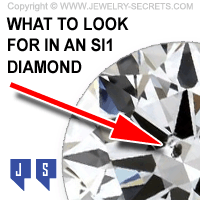
I always advise buying SI1 clarity or higher. That’s because, for the most part, SI1 clarity is eye-clean, and most of the inclusions (internal flaws) are microscopic only.
I SAY “MOST”.
This is a very important fact. The definition of SI1 clarity means that the diamond has small, easy to see inclusions under 10x magnification. Most of these inclusions are generally not noticeable to the bare eye, and usually fall outside of the table (the octagon window the center of the stone). The flaws normally show up under the crown facets, making them harder to distinguish, and easier to hide with the brilliance, fire and sparkle of the stone.
But this is not always the case
Sometimes, with some stones, you can see the flaws in the center. And sometimes, not often, you will see these flaws with the bare eye (no magnification needed). Plus, some people have better eye sight than others and the imperfections stand out more obvious to them.
The SI clarity is the borderline clarity between visible flaws, and invisibles ones. So of course, there will always be some that may be seen. Granted, 90% of these are only going to be seen under a jeweler’s loupe or microscope, but they will be there. That’s the definition of SI clarity.
There is nothing wrong with this, in fact, I love SI clarity (the best selling clarity), for you can get really great looking diamonds, at more of an affordable price. Plus, if you place an SI1 diamond, up against a flawless (FL) diamond, you won’t normally see any difference between them (but you will in the price).
But that’s only if the flaws fall more to the outside of the stone. As noted, some SI1 diamonds do have flaws dead center, and some of these flaws are bigger and darker. So when you view the stone, tilt it in the light, turn it around, you may see those flaws.
Just like these SI1 diamonds below:

See how those flaws stand out?
Remember, this is not the norm (I really had to hunt to find these examples), most SI1 diamonds do face up well and look great, like these SI1 clarity diamonds below:

See how the center of the stone looks better?
Those SI1 diamonds appear more eye-clean, and you won’t be bothered with seeing carbon spots (black flaws) that stand out like a sore thumb.
Chances are, you won’t get a SI1 diamond with a visible spot… But, unless you shop and compare diamonds; microscope them, see them up-close and magnified, you may not know until it stares you in the eye.
So the best advice I can give for SI1 diamond shopping:
View any diamond you buy it. See where the flaws reside. Look at the certificate, check out the plot. Find the flaws, and make sure you are happy with their placement, and that they don’t hinder the beauty of the stone.
There are millions of SI1 clarity diamonds to choose from. All basically the same price (depending on the other 4C’s). You could look into a whiter stone, a better cut stone, and of course, a bigger carat weight… But there really isn’t much need to go higher up in clarity, as long as you magnify them, and see what you are buying first.
Check out these SI1 clarity diamonds here at James Allen.
Cheers! :)


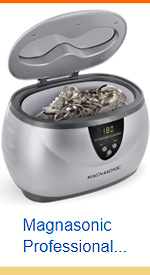

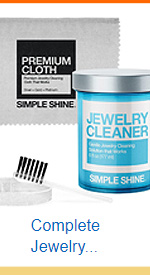
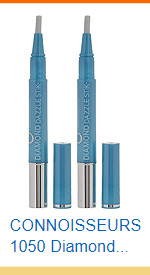
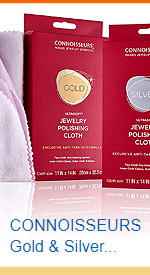
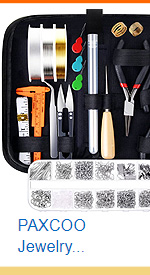
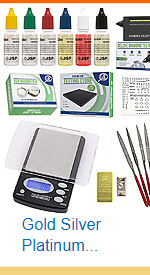
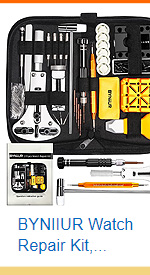
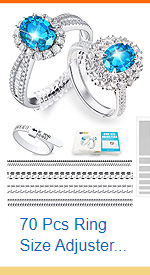
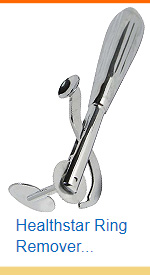
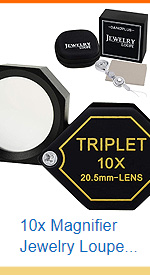
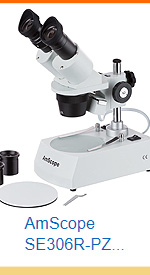




Leave a comment